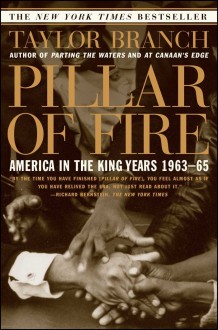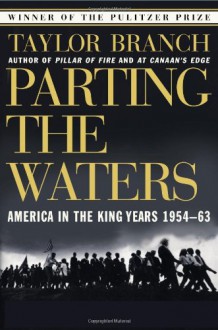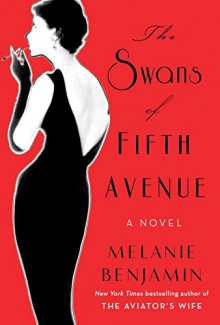
During the eight years of its engagement in the Vietnam War, the airpower of the United States was involved in a bifurcated conflict. In the south American warplanes enjoyed an uncontested dominance of the skies, which they used to deploy American resources to surveil and attack the enemy. Air Force and Navy planes entering North Vietnam airspace, however, found themselves in a much different situation, as they faced an air defense network that grew increasingly sophisticated as the war went on. In his book Marshall Michel analyzes the air war fought over the skies of North Vietnam, detailing its twists and turns as both sides sought an advantage in a key front in the conflict.
As Michel notes, given the tactics and technology employed, the air war in North Vietnam "was the one area of the Vietnam War that has military significance in the global balance of power." There both sides deployed planes and weapons designed for a potential war in Europe between the Soviet Union and NATO. For the United States Air Force, this meant using F-105 fighter-bombers designed to strike their enemies quickly, relying upon speed for protection. Armed with heart-seeking and radar-guided missiles, they were designed without cannons in the belief that, in the new age of missiles, dogfighting was obsolete. This was soon proved mistaken, as the smaller and more agile MiG-17s posed a challenge for which the F-105s were poorly equipped. Armed with cannons as well as missiles the Navy's F-8s proved much more capable of meeting the threat, though their pilots were also frustrated by technical problems with the missiles and rules requiring visual confirmation before attacking, which often inhibited the ability to launch their weapons.
As the war went on, all sides adapted in response to what they learned. For the North Vietnamese, this involved developing an elaborate ground control interception (GCI) system that employed both North Vietnamese fighters and growing numbers of anti-air cannons and missiles. While both the Air Force and the Navy sought improved weapons and supporting technology, the Air Force's exclusive reliance on technical fixes contrasted with the Navy, which in 1968 established the Topgun School in an effort to improve dogfighting abilities. New aircraft were also introduced — the F-4 for the U.S., the MiG-21 for the North Vietnamese — which also represented an escalation in ability prior to the termination of the North Vietnamese bombing campaign by President Lyndon Johnson in March 1968.
When Johnson's successor Richard Nixon resumed the bombing in North Vietnam in 1972, the new lessons were employed in full. The Air Force found themselves launching ever-larger missions to bomb tough North Vietnamese targets, while North Vietnamese pilots adopted new tactics to contest control of the air. By now the superiority of the Navy's approach was becoming more indisputable, reflected as it was in the superior kill ratios of North Vietnamese places to their Air Force counterparts. As a result, once the war ended in 1973 the Air Force moved to establish their own Weapons School to teach the hard-won lessons of the now-concluded conflict and employ them to secure American air superiority in future wars.
As a former F-4 pilot who flew in Vietnam, Michel brings a firsthand familiarity to his subject. This he uses to interpret the mass of staff reports, expert assessments, and personal narratives that he draws upon to detail the various airborne engagements that defined the war. His is a dispassionate approach that favors analysis over dramatic narrative, yet his book engages the reader with its clearheaded insights and perceptive conclusions. While it suffers from the lopsided nature of his coverage favoring the Americans (understandable, given the relative inaccessibility of North Vietnamese records), this is nonetheless the best history of its subject, one that explains the hows and whys of the air war in North Vietnam better than every other book out there.

 Log in with Facebook
Log in with Facebook 







 Lots to think about here, and much to discuss.
Lots to think about here, and much to discuss. The czars, we are told, treated the Polish
The czars, we are told, treated the Polish





